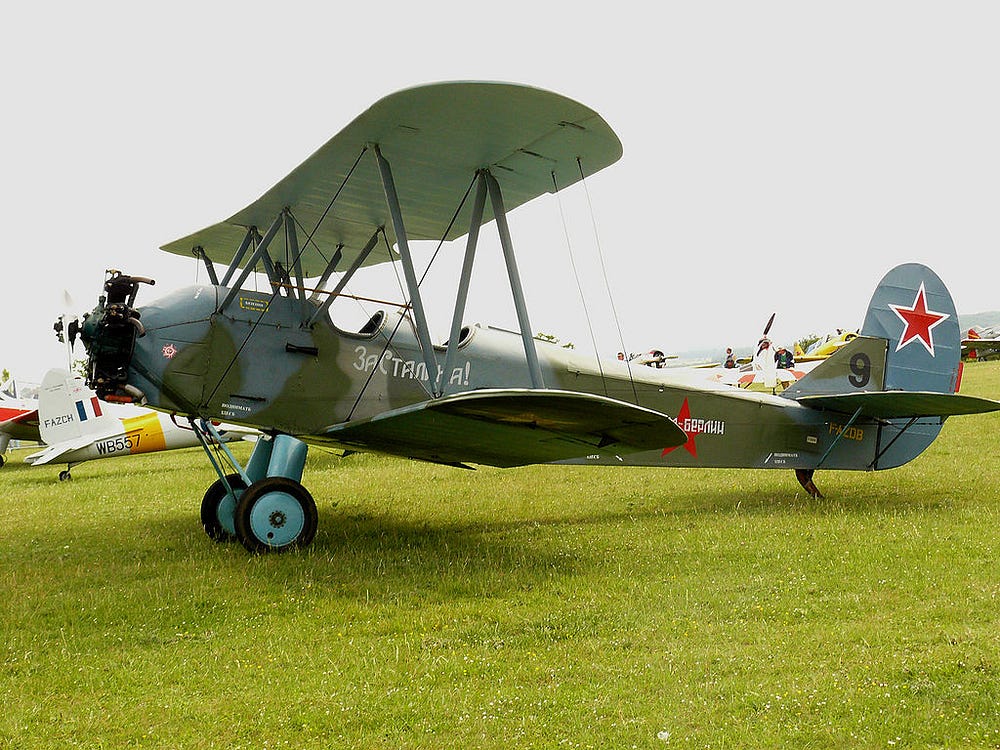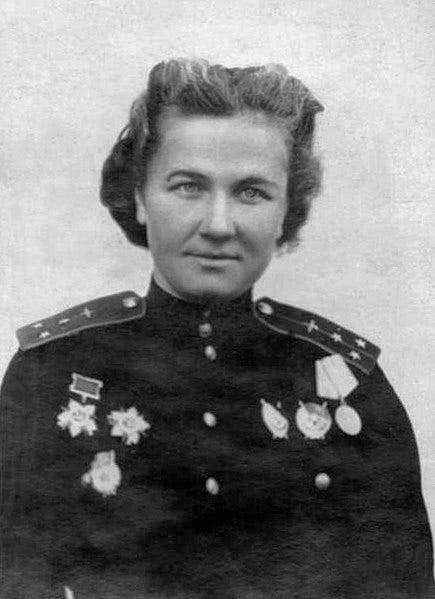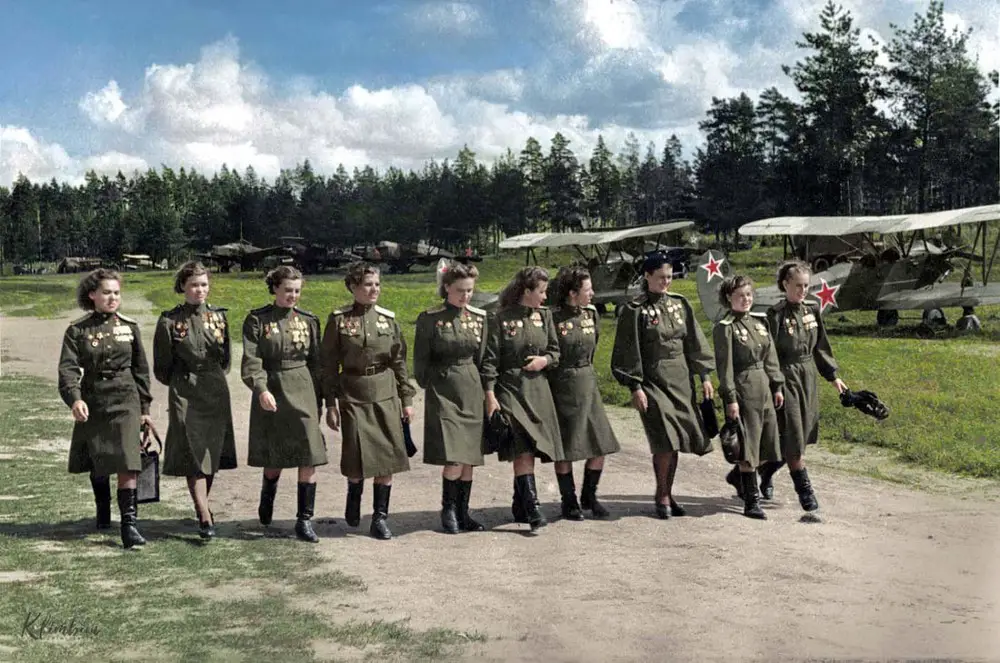At the beginning of World War II, in the Soviet Union, there were no formal restrictions on women serving in combat roles, but their applications tended to be blocked. Major Marina Raskova used her position and her personal contacts with Joseph Stalin to convince the Soviet Premier to form some combat regiments of women. On October 8, 1941, Stalin issued an order to deploy three regiments of female pilots. Radio Moscow announced that the country was “seeking women who wanted to be combat pilots just like the men”.
Then, Major Raskova formed the 588th Night Bomber Regiment in 1942. The 588th Night Bomber Regiment, later known as the 46th Guards Night Bomber Aviation Regiment, was a regiment of the Soviet Air Forces made up of females military aviators only. Most of the females that made it up were volunteers in their late teens and early twenties. They were nicknamed as “Stalin’ s Hawks” by the Russian, but their German nickname is the one with which we still remember them: “Night Witches”.

The Night Witches
The regiment flew in wood-and-canvas Polikarpov U-2 biplanes, a 1928 design intended for use as training aircraft. They had no radio and no radar, while the bombs were carried with a wire. These technical features made it impossible for the aircrafts to fly at high altitudes, so they had to stay low. Because of this, the pilots carried no parachutes until 1944. The aircraft were also extremely noisy, and they operated at night. The nickname “Night Witches” comes from this.
The Night Witches’ main task was harassment bombing. Their goal was to undermine the enemy’s morale and fighting ability. Anyway, they also took on precision bombing missions against the German Army. In particular, it is remembered their involvement in Novorossiysk-Taman operations on the Taman Peninsula in 1943. In that battle, the Night Witches assisted in the breakthrough of enemy defensive lines on the Terek River and the liberation of Novorossiysk. Then, they took part in the campaign of aerial warfare over Kuban. When this battle was over, in October 1943 the regiment became known as “Taman” Guards Night Bomber Aviation Regiment.
Nadezhda Popova’s Memories
In total, 261 people served in the regiment. Each of them had to fly from ten to fifteen missions per night. Nadezhda Popova, a squadron commander in the regiment, reported that at the end of the missions the aircraft were usually “full of holes”. Popova enrolled in the Army when she was 19 with the aim of taking vengeance on the Germans because they had killed his brother, seized her house and destroyed Shabanovka, the town where she came from. Popova flew 852 missions and she was shot down several times. In a 2010 interview, Popova said:

“We bombed, we killed; it was all a part of war. We had an enemy in front of us, and we had to prove that we were stronger and more prepared.”
It is reported that, throughout World War II, the Night Witches accumulated roughly 24000 sorties in combat, mainly at night. Popova stated:
“We flew in sequence, one after another, and during the night, we never let them rest. The Germans made up stories. They spread the rumor that we had been injected with some unknown chemicals that enabled us to see so clearly at night. This was nonsense, of course. What we did have were clever, educated, very talented girls.”
Honored Personnel
She died in 2013 when she was 91. Instead, of the 261 women that fought as Night Witches, 32 died because of various causes including plane crashes, combat deaths and tuberculosis. In total, 26 personnel of the regiment were awarded the title of Hero: 23 Heroes of the Soviet Union, 2 Heroes of the Russian Federation and one Hero of Kazakhstan.

History, Politics & Economics – A place for uncomfortable truths.
michelecaimmi98[at]hotmail.com





